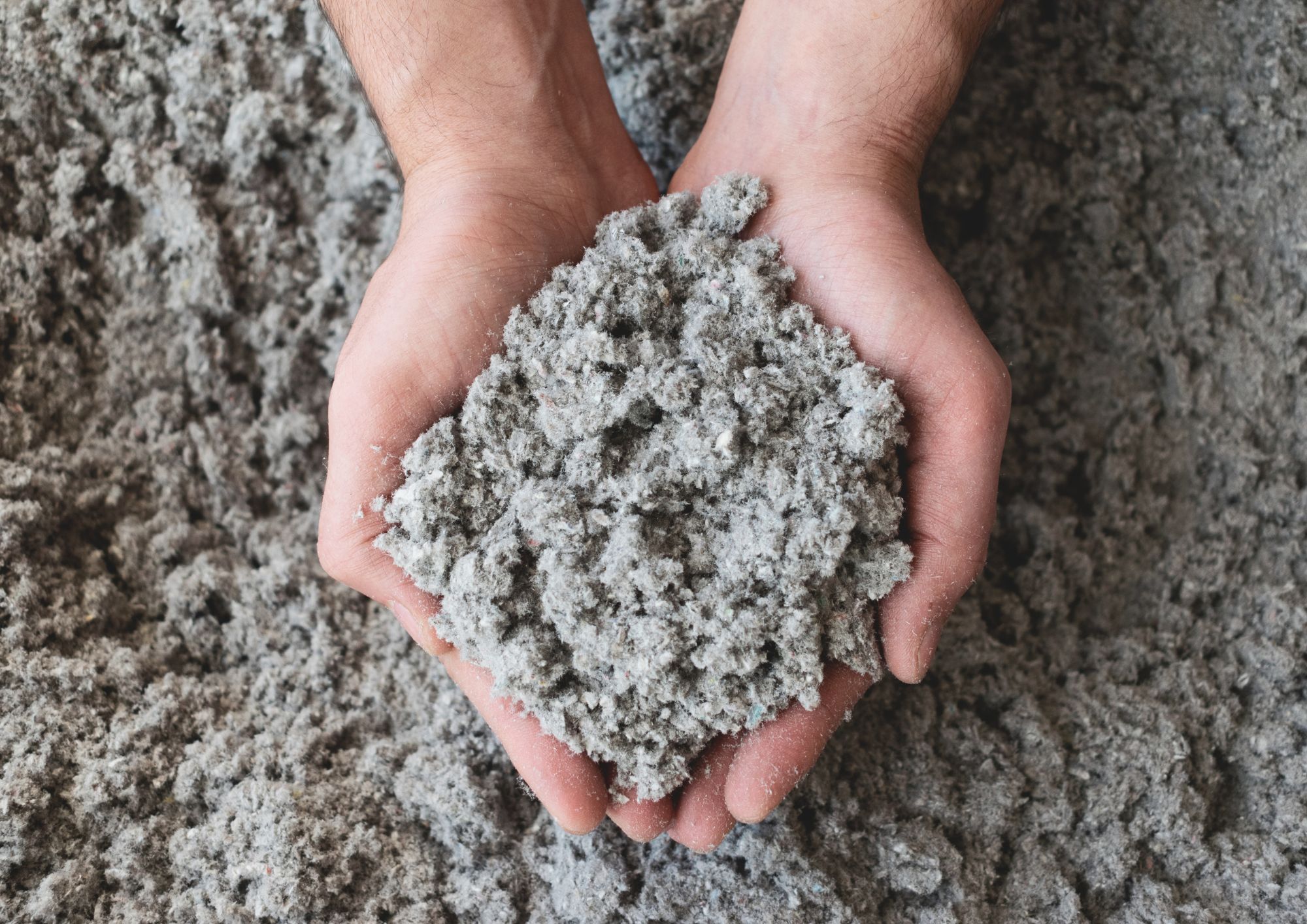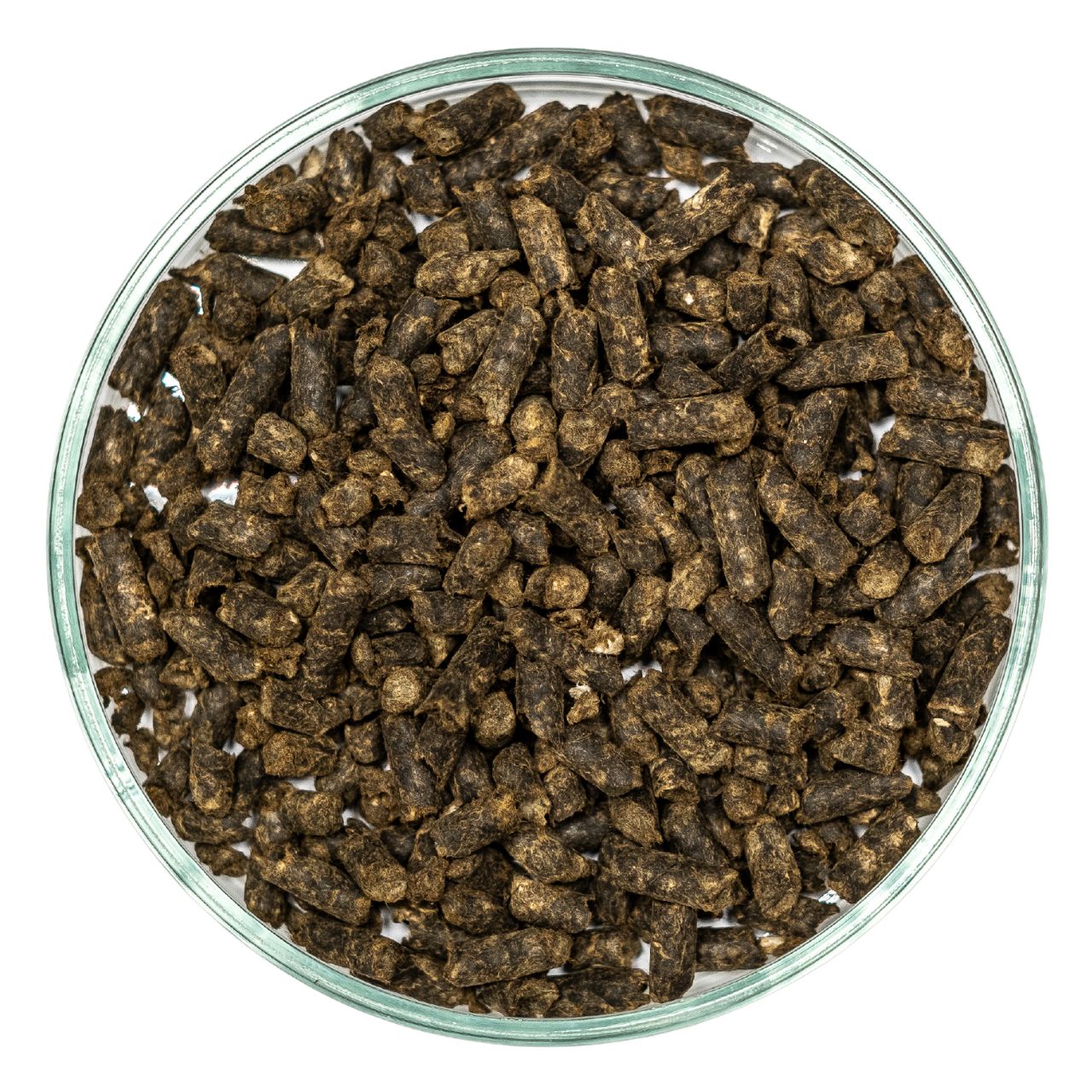- Application
- Sma Asphalt Mix Design
Sma Asphalt Mix Design

Unleashing Cellulose Fibers power in Stone Matrix Asphalt
Step into a realm where asphalt isn’t just a surface, but a dynamic, enduring solution. Explore the potential of cellulose fiber – your catalyst for optimized performance, superior durability, and a greener tomorrow in the world of Stone Matrix Asphalt.
Proper Design of Stone Matrix Asphalt Mix
Stone Matrix Asphalt or asphalt mastic serves both wearing and intermediate pavement layers. The recommended minimum course thickness ranges from 3.5 to 4 times the maximum aggregate size. For heavy traffic, coarser asphalt mixtures like 0/11 and 0/12.5 mm are popular, but they come with trade-offs such as reduced noise reduction and antiskid properties, along with higher permeability.
The composition of the coarse aggregate fraction significantly impacts asphalt mastic quality. Achieving optimal gap-gradation involves reducing the finer fractions while increasing the coarsest ones. Higher coarse aggregate content leads to increased air voids and more binder. Adjustments to air voids shouldn’t primarily rely on changing binder content, but rather on aggregate fraction gradations. Corrective coefficients dependent on aggregate density are advisable for binder content adjustments. For more information, view Stone Matrix Asphalt explained.
Maintaining the right filler quantity, around 9-10%, ensures an appropriate balance. Using excessive natural sand is discouraged, particularly in SMA asphalt for heavy traffic. Proper binder content ensures asphalt mix performance. Comparing guidelines requires considering differences in density determination procedures that impact results.
Upon finalizing the aggregate mix, binder content, and stabilizers in stone matrix design, a pivotal step remains. Investigating the freshly prepared asphalt mixture’s properties becomes essential to ensure it aligns with the customer’s construction expectations. This crucial bridge between design and tangible outcome guarantees optimal pavement performance and fulfillment of set standards for asphalt mastic.
Enhancing SMA Asphalt Mix with Asphalt Additives: Improving Quality and Performance
Stone matrix asphalt mixtures, known for their durability and strength require substantial binder content, leading to thick binder films on aggregate particles. To combat the potential issue of binder drain down, the integration of stabilizing asphalt additives, also known as drainage inhibitors, becomes crucial.
Understanding the Drain Down Effect on Asphalt Mastic
Ever noticed irregular spots or binder runoff on SMA asphalt surfaces? These could be attributed to a phenomenon called binder or asphalt mastic drain down. SMA asphalt mixes typically contain an excess of binder intentionally. However, due to the limited surface area of the mineral mixture relative to the binder volume, the excess binder doesn’t adhere to the aggregate particles and instead tends to drain away. This drain down effect can result in visible issues like fat spots on finished SMA asphalt surfaces.
Importance of Stabilizing Asphalt Additives
In the early stages of SMA asphalt production during the 1960s, the need arose for stabilizing asphalt additives to counter binder drain down. Stabilizers, also referred to as drainage inhibitors, are asphalt additives that prevent binder from draining off. They play a vital role in maintaining the quality of SMA asphalt mixes by increasing the binder film thickness on aggregates.
Two Main Techniques overcoming Drain Down on SMA Asphalt
The reduction of binder drain down effect primarily employs two techniques:
- Absorptive Asphalt Additives: These asphalt additives absorb the excess binder that might otherwise drain away.
- Polymer Modifiers: Polymers are asphalt additives that increase binder viscosity at higher temperatures, reducing the risk of drain down.
Stabilizing Asphalt Additives in detail
Stabilizing asphalt additives, or drainage inhibitors, are incorporated into SMA asphalt mixtures to keep the binder in place and enhance overall performance. They can consist of various materials, including binder absorbers like cellulose fibers and viscosity enhancers like polymers. Besides preventing binder drain down, stabilizing asphalt additives can also improve other properties of SMA asphalt mixture. Notably, research conducted in the United States during the 1990s demonstrated a 70-fold increase in binder drain down in SMA asphalt mixtures without stabilizers, emphasizing their significance.
Why to choose Cellulose Fibers as Optimal Stabilizing Asphalt Additives?
The choice of asphalt additives significantly impacts the stabilization process. The most widely used stabilizers are cellulose fibers, known for their exceptional binder absorption capacity. These fibers effectively secure the binder in place. It’s essential to choose stabilizers based on their absorption power and adapt their quantity to prevent issues like reduced workability due to excessive usage.
Cellulose used for stabilizing Stone Matrix Asphalt Mixes: Practical Applications
Fiber cellulose stabilizers can be applied in various forms, such as loose fibers or fiber pellets. Loose cellulose fibers are convenient for immediate effectiveness after mixing. For more information, view asphalt fiber ANTROCEL-P . While pelletized fibers are easier to meter during production. Pelletized fibers with binder coating allow for precise dosage and even distribution within the mixture. For more details, view cellulose pellets ANTROCEL-G. Stabilizing asphalt additives play a pivotal role in achieving consistent and high-quality SMA asphalt mixtures, ensuring durability and performance.
In this journey, you’ve delved into the unparalleled advantages of Stone Matrix Asphalt. SMA asphalt, fortified with cellulose fibers, brings forth enhanced durability, unparalleled resistance against rutting, improved skid resistance, and an eco-friendly edge. Whether you seek longevity, sustainability, or reliability, ANTROCEL is your partner in defining the roads of tomorrow. Let’s Excel Together on Your Asphalt Project Collaboration.
Working on a certain SMA Asphalt Mix?
Get answers in 1 day
- List Item #1
- List Item #2
- List Item #3
All Products

Antrocel-P
Cellulose Fiber for SMA Asphalt Mixtures

Antrocel-G
Cellulose Fiber Pellets for SMA Asphalt Mixtures

Antrocel-AAk
Anti-adhesive detergent

AntrocelBond
Anti-Stripping Agent for Asphalt Bitumen
